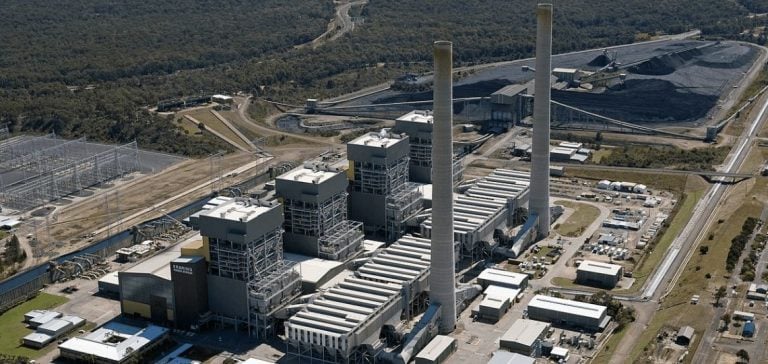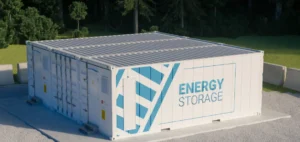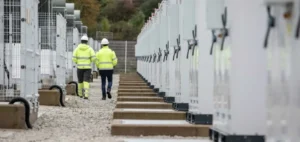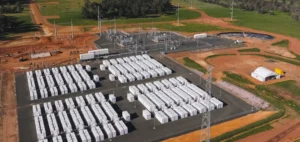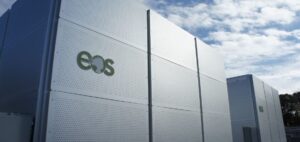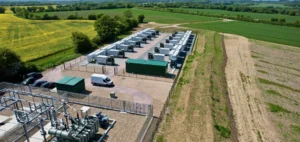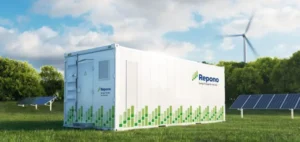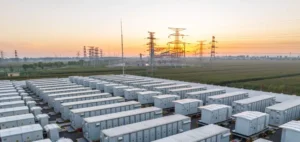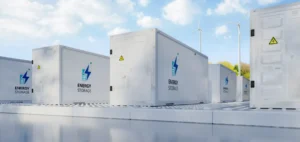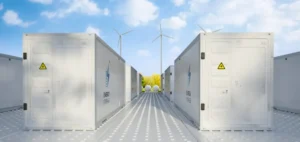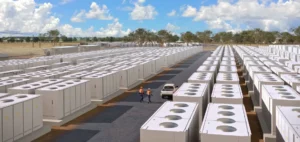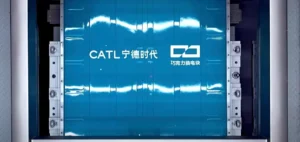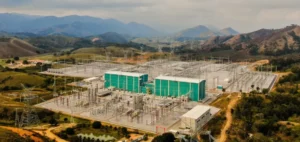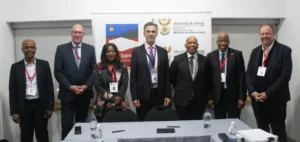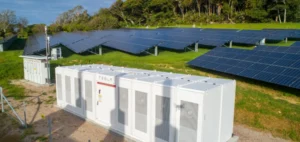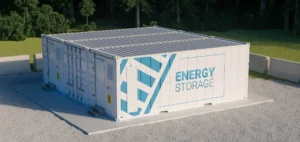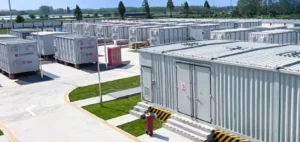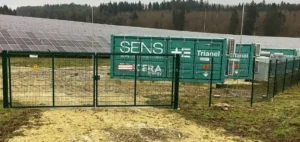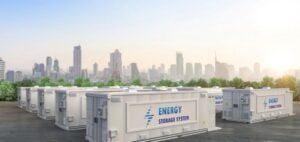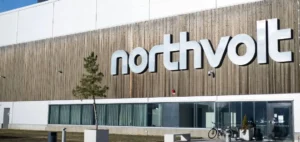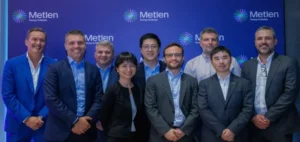SolarEdge Technologies Energy Storage Division and Pacific Energy join forces to support the energy transition in Australia. Their collaboration aims to decarbonize the mining and utility sectors by providing large-scale battery energy storage systems (BESS) to various clients across the country.
Since the beginning of their partnership in 2019, the two companies have delivered 55 megawatt-hours (MWh) of BESS, with an additional 66 MWh order planned for the national market over the next two years. These projects cover a vast geographical area, ranging from Esperance in Western Australia’s southwest to the Pilbara region in the northwest, making this collaboration one of the most significant in terms of BESS deployment in Australia.
One of the flagship projects of this partnership is the hybrid system in Esperance, where Pacific Energy integrated the battery rack systems supplied by SolarEdge for a 1.3 MWh BESS. This system combines wind, solar, and gas, requiring sophisticated grid stabilization technology known as virtual generation. This integration allows for greater penetration of renewable energy while ensuring the stability of the town’s electricity supply.
Expansion and Major Projects
Since the Esperance project, the partnership has expanded its activities by delivering several cutting-edge BESS to Australian miners and utilities. A notable example is the 42 MW/19 MWh BESS for Fortescue’s Pilbara Energy Connect project. This system, one of the largest network-connected BESS in the world for a mining application, supports two of Fortescue’s operations in the Pilbara region.
The primary role of these energy storage systems is to ensure grid stability and support, providing virtual spinning reserve that reduces fossil fuel consumption and delivering stabilizing power bursts within milliseconds during grid disturbances, thanks to SolarEdge’s advanced battery technology.
Technology and Integrated Service Model
The strength of this partnership lies in the combination of SolarEdge’s advanced lithium-ion battery technology, characterized by high energy performance, high charge/discharge efficiency, and long cycle life, with Pacific Energy’s vertically integrated service delivery model. This model offers clients an unparalleled experience, covering supplier negotiations, system design, manufacturing and installation, to operations and maintenance throughout the asset’s lifecycle.
Unprecedented demand for renewable integration complicates the design of power systems, making tailored battery solutions crucial for operational reliability. This necessity drives SolarEdge and Pacific Energy to continually refine their offerings to meet their clients’ specific needs.
Perspectives and Future Development
Craig Blizard, Chief Technology Officer of Pacific Energy, emphasizes the importance of this collaboration: “We work with SolarEdge because they deliver a premium product and understand that each of our clients’ battery needs are different. This collaboration allows us to maximize the technical capabilities of the batteries to provide sophisticated, fit-for-purpose systems that help decarbonize our clients’ operations.”
Ofer Bokobza, General Manager of SolarEdge’s Energy Storage Division, adds: “Pacific Energy’s proven success in transitioning Australia’s energy market is a testament to their deep understanding of customer energy needs and operational excellence. We are pleased to collaborate with leading system integrators that help us design and develop the right products for the right mission profiles and advance our technology to meet the future needs of the market.”
This strategic alliance enables both companies to work closely with their clients to understand their critical needs and design solutions to manage demanding loads and mitigate operational risks.

